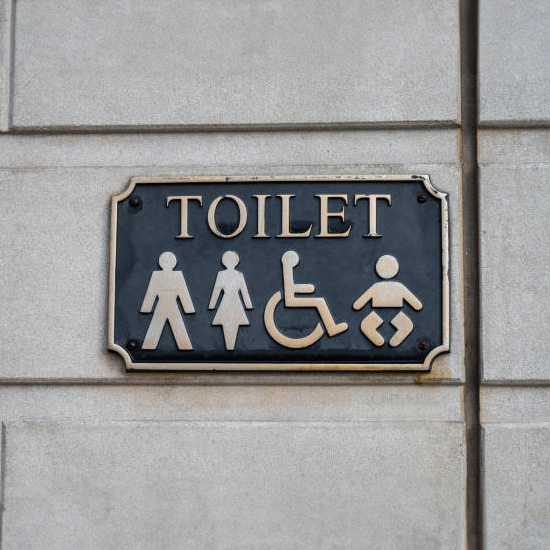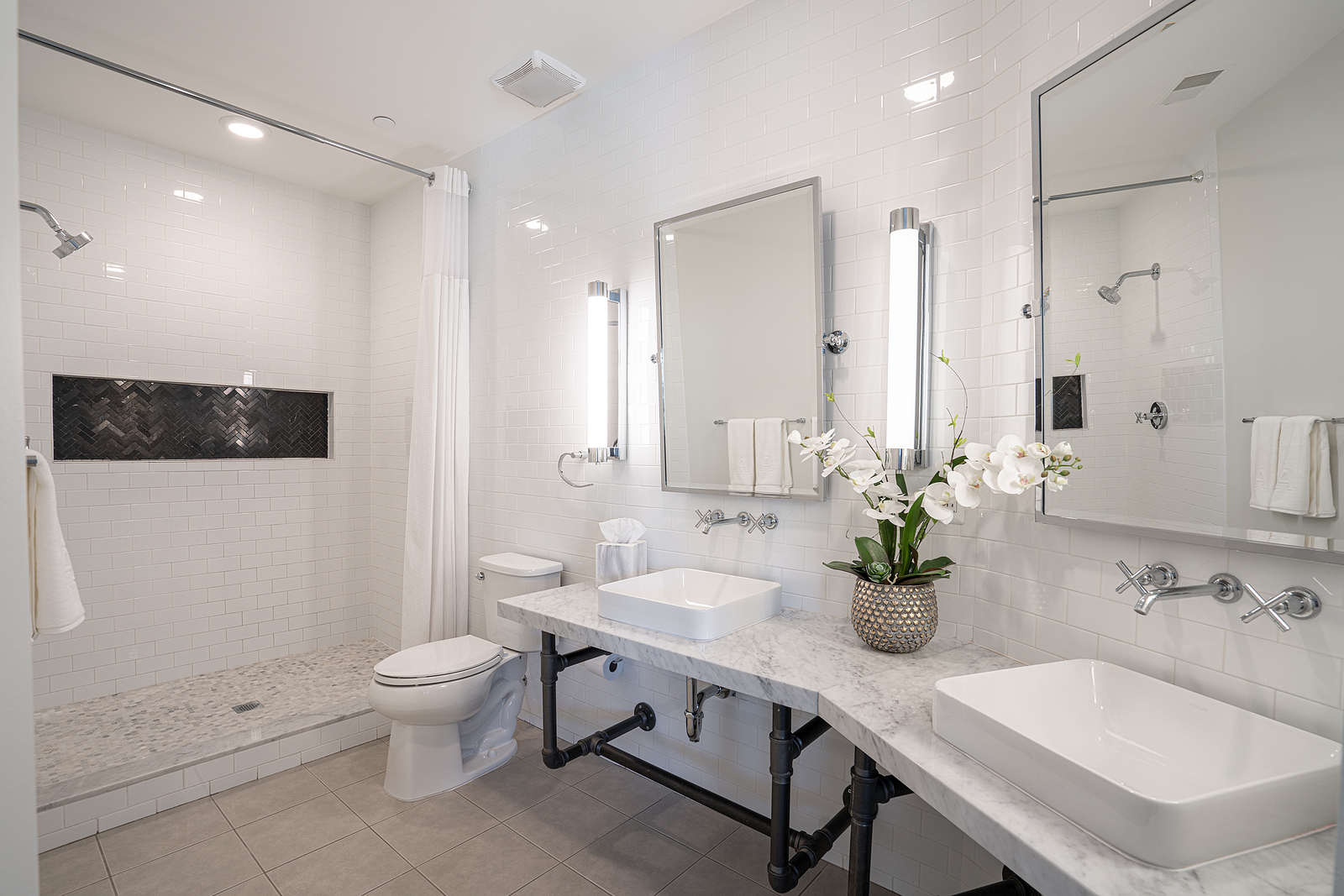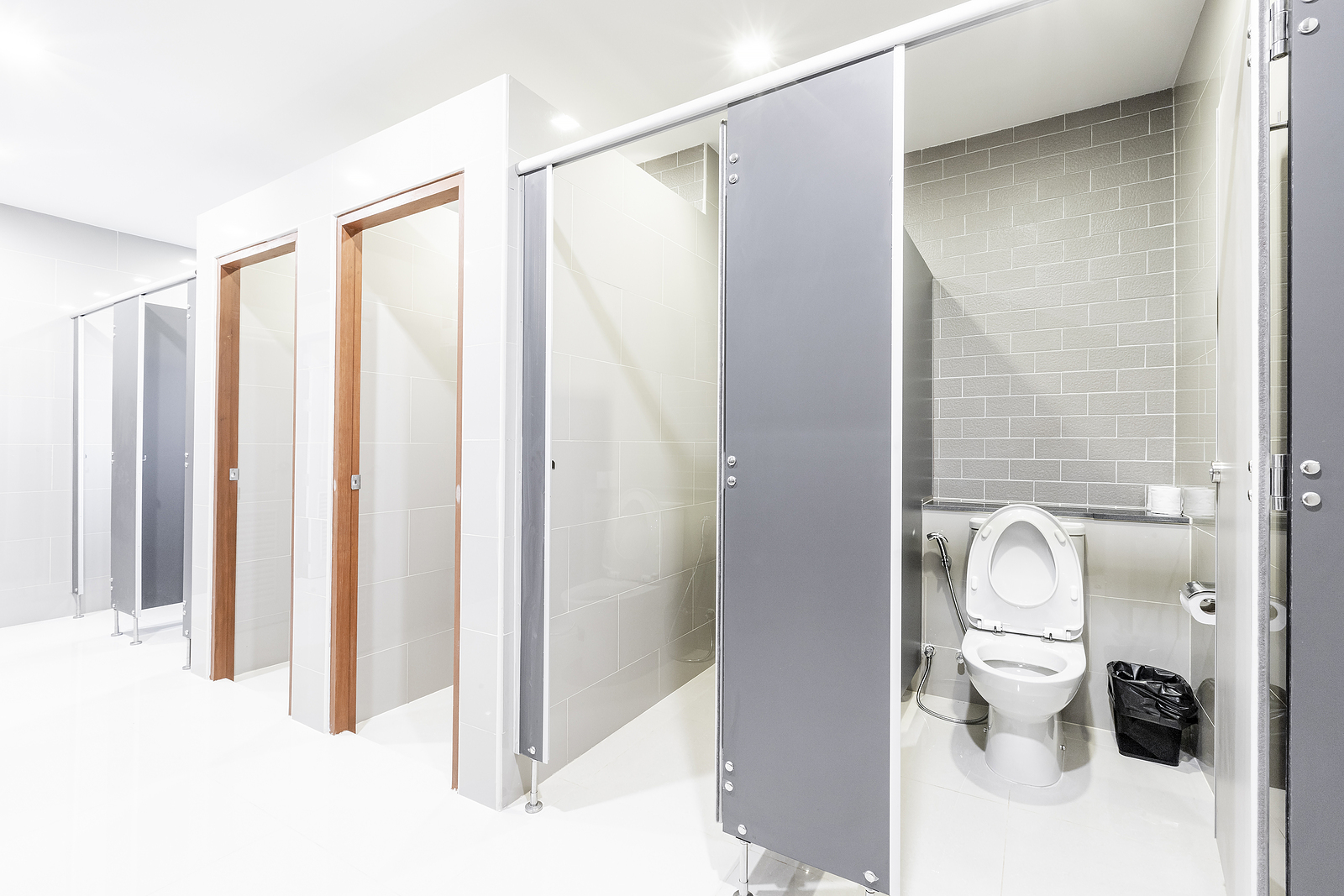

When people think about effective requirements for any public space, such as a park, town square or community hub, public toilets with privacy partitions are by far one of the most important elements to creating a welcoming space.
The bare minimum for any public space is that it should have facilities to meet basic needs, including somewhat to sit, toilets and accessible pathways that allow anyone to travel through them, before greenery, public squares, community centres and retail facilities are considered.
For as long as there have been public spaces there has been a need for public toilets, although it took until the middle of the Industrial Revolution for this need to be truly acted on, thanks to the work of England’s foremost sanitary engineer.
The Public Toilet Cycle
Before the mid-19th century, there were plenty of attempts to make public toilets, with the first notable and successful being in Ancient Rome.
Thanks to the aqueduct, an Etruscan invention that the Romans perfected, the first public latrines were made possible
Known as foricae, these public toilets highlighted the need for partitioning, as they were similar to urinals in terms of being exposed to everyone else in the room, but at the same time, there were no separate cubicles so everything was done in the same place.
Similar to Roman baths, they were made from marble and had somewhat elaborate architecture and mosaics, but whilst the baths have stood as proud symbols of Roman cleanliness, the foricae were dark and dingy public conveniences largely constructed reluctantly to avoid the alternative.
Whilst wealthy Romans would proudly have their name on buildings they commissioned or financed, this was not the case for the foricae.
When the Roman Empire fell in the fifth century, the idea of the public toilet largely faded with it. Only a few remained into the Middle Ages, and it ultimately took until the 16th century for this to change significantly.
Books such as Galateo and other manuals on etiquette and public decency started to emerge and the evolution of standards when it came to toilet behaviour became increasingly ingrained in public society in a way that could even be quantified.
One particularly popular French etiquette book by Jean-Baptiste de la Salle shrunk considerably over the years, with the passage on toilets going from over 200 words to under 75, highlighting how much had become second nature by this point.
However, all of this etiquette was for nought if there were no facilities available for the majority of people to use, and it would take until one of the biggest public events in English history up to that point for it to happen.
Spend A Penny In The Monkey Closet
The history of the flushing toilet can be traced as far back as Ancient China, but the first prototype toilet that would be recognisable to modern society can be traced back to the tail end of the 16th century.
Constructed in 1596, Sir John Harrington’s flushing toilet was first installed in his Somerset home, before another version was added to Richmond Palace at the request of his godmother Queen Elizabeth I.
Despite this, it took another three centuries before the toilet became a public staple. Why was this the case?
The biggest reason was a mix of infrastructure and awareness of how important hygiene was to health. The discovery of germ theory was only solidified in the wake of The Great Stink of 1858 and the experiments into the spread of cholera that led to the water system as we know it today.
The biggest contributor to the proliferation of toilets in public places was George Jennings, an inventor and sanitary engineer who introduced public toilets to one of the most recognisable new buildings in London during the 1850s.
The Great Exhibition was the first World’s Fair, and amongst the many prominent inventions, cultural artefacts and a great lockpicking controversy concerning the late fellow toilet innovator Joseph Bramah, was a set of Monkey Closets.
In the first modern public toilets, guests could pay a penny (£1.16 adjusted for inflation) to get a cleaned toilet seat, a comb, a towel and a shoe-shine service. It was so popular that the term “spend a penny” is still part of London slang to this day.
It also inadvertently contributed to the long-term success of the famed Crystal Palace, as the toilets alone made £1000 per year after the building was moved to Sydenham once the Great Exhibition was ended.
This led to the widespread proliferation of public toilets, particularly underground ones that often exist today albeit converted into other facilities.




